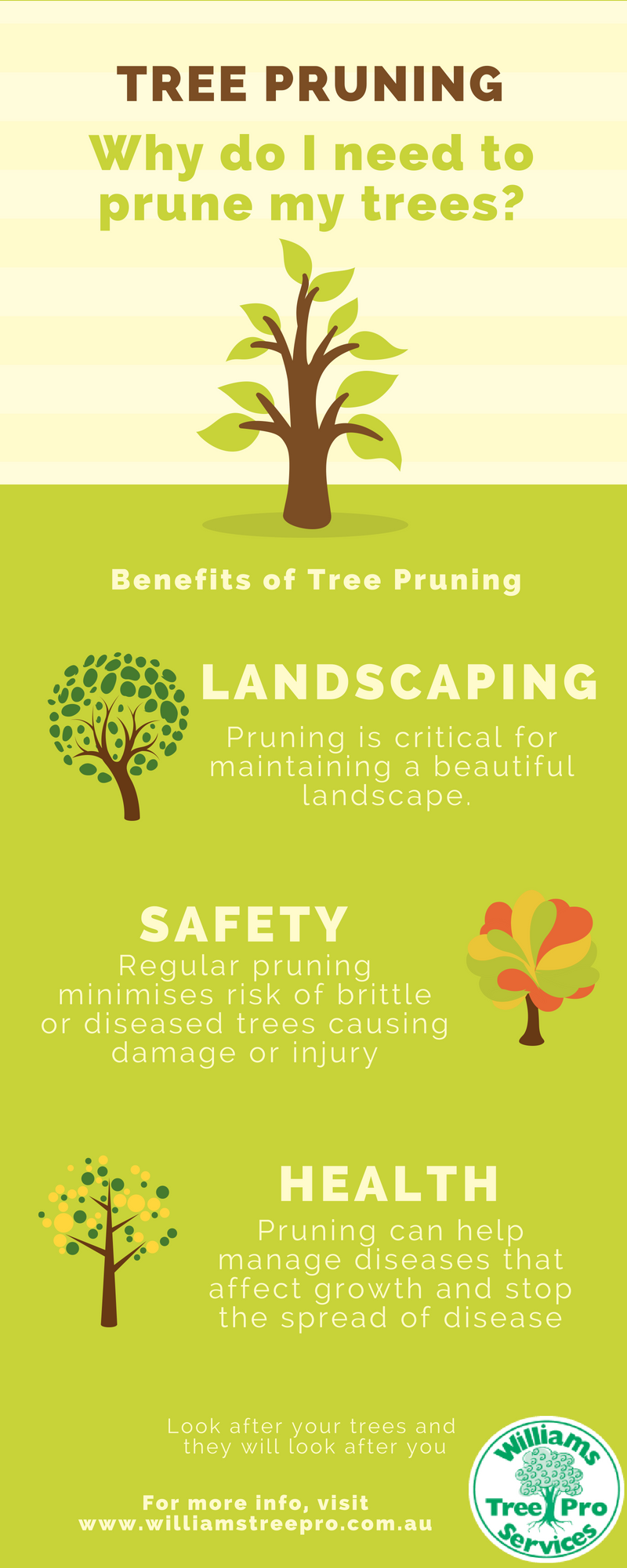Ideas That Suggest Tree Removal: How To Area Hazardous Trees
Ideas That Suggest Tree Removal: How To Area Hazardous Trees
Blog Article
Web Content Writer-Vogel Emerson
When it concerns tree care, acknowledging the indicators that it's time for removal is vital for your safety and building. You might notice tarnished leaves, wilting branches, or odd fungal growths indicating illness. Architectural problems, like a substantial lean or fractures in the trunk, can also posture threats. Understanding just click the next post can help you make informed choices regarding your trees and avoid prospective threats prowling in your yard. What should you look for following?
Indicators of Degeneration and Condition
When you observe indicators of decay and condition in your trees, it's vital to act quickly. Look for blemished leaves, wilting branches, or uncommon growths like fungus. These can show that your tree is having a hard time.
If you see cracks in the bark or soft, mushy wood, these signs suggest inner degeneration. Additionally, an unexpected rise in bugs around your tree can signify that it's damaged and vulnerable.
Check for any dead or passing away limbs, as they present a danger to your residential or commercial property and safety. If you doubt about what you see, consulting an arborist can supply quality.
Dealing with these indications early can save you from extra substantial damages and make certain the health of your yard. Don't wait until it's far too late.
Structural Instability and Leaning
As you observe your trees, keep an eye out for any indications of architectural instability or leaning. If a tree leans dramatically, it might suggest that the origin system is jeopardized.
Try to find any kind of splits in the trunk or soil around the base; these can signify possible failure. Furthermore, look for uncommon development patterns, like an unbalanced crown, which may recommend that the tree is battling to hold itself upright.
If you see that the tree leans toward your home, high-voltage line, or other frameworks, it positions a higher danger. Do not neglect these indications-- seek advice from an arborist to examine the circumstance.
Doing something about it early can protect against pricey damages and guarantee your safety.
Dead or Dying Branches and Vegetation
If you discover dead or dying branches and foliage on your tree, it's a clear sign that something's wrong.
These unhealthy areas can show underlying issues like illness, insect invasions, or environmental stress. When read the article shed their leaves or transform brownish, they're no more adding to the tree's health. Ignoring these indications can lead to additional decline, making your tree a lot more hazardous.
Dead branches can quickly break short throughout storms, positioning a threat to property and individuals nearby. It's vital to assess the level of the damage.
If the problem impacts a considerable part of the tree, take into consideration getting in touch with a professional. Bonsai Tree Trimming can assist determine if removal is essential to make certain security and keep the appeal of your landscape.
Final thought
If you observe any signs of decay, architectural instability, or dead branches on your trees, don't overlook them. These indicators can present significant safety threats to you and your residential property. It's always best to seek advice from an expert arborist that can provide a specialist assessment of your trees. Doing something about it early can prevent mishaps and costly damages, ensuring your landscape remains risk-free and healthy and balanced. Keep in mind, it's far better to be positive about tree care than to await a catastrophe to occur.
